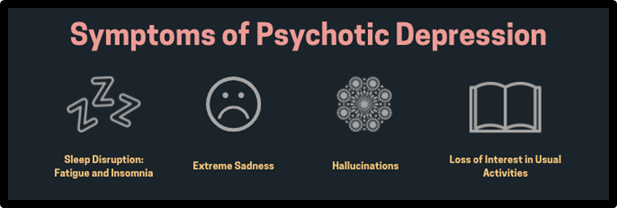Depression and its Types: The Many Faces of Blue
As winter holds us firmly in its grips, it is completely normal for our moods and motivations to take a hit. For some, though, feelings of sadness or hopelessness are stronger than average, which is when a low mood becomes depression.
Depression affects 1 in 7 Australians, with 1 in 6 females and 1 in 8 males experiencing it at some point in their lives. Its prevalence is said to have grown 10 times over the past century, but this alarming rate could be due to reduced stigma and increased open conversations.
Conversations around mental health are so important because they normalise and open doors for treatments and support systems. For that reason, we will spend June focussing on depression.
Starting with some types of depression and their subtly different symptoms.
Clinical Depression (Major Depressive Disorder)
Clinical Depression is what most people think of when they picture a depressed person. It is characterised by feelings of extreme sadness and hopelessness, along with a loss of interest in usually enjoyed interests and activities.
People with clinical depression may find it difficult to wake up or fall asleep. They might also struggle to find the motivation to complete simple tasks, such as eating and getting dressed.
Depression with Psychosis (Psychotic Depression)
Some people with Major Depression will also experience psychosis and hallucinations. Psychosis is delusional thinking, such as extreme paranoia or believing to experience stimuli that aren’t there.
The symptoms of psychosis include hearing things, seeing things and talking to people that aren’t there.
Manic Depression (Bipolar Disorder)
Bipolar is a disorder that causes a person’s mood to fluctuate between episodes of depression and mania. Mania is the opposite of depression, with extreme feelings of happiness, energy and confidence. Mania is often accompanied by psychosis.
Symptoms of bipolar disorder include extreme mood swings and fluctuations in energy levels. Many people with bipolar will experience periods of normal moods in between episodes, making it difficult to diagnose.
Postnatal and Antenatal Depression
Depression before, during and after childbirth affects over 10% of Australian women. While some feelings of exhaustion, anxiety and moodiness are normal to experience around this time, depression is more severe.
Symptoms of perinatal (postnatal or antenatal) depression include withdrawing from your friends and family, feeling sad, overwhelmed or like a bad mother and being anxious to be alone with your baby.
Seasonal Affective Disorder (SAD)
People that experience depression along with colder seasons could be suffering from Seasonal Affective Disorder (SAD). SAD is when the symptoms of depression appear in one season and disappear in the opposite season.
While most people associate SAD with sadness in winter, it can also occur in summer. Summer SAD is characterised by extreme sadness and loss of energy and interest in summer, but usual behaviour and mood in winter.
Dysthymia (Persistent Depressive Disorder)
Sometimes, the symptoms of depression are less severe. If milder symptoms persist for over 2 years, they are classified as dysthymia.
Cyclothymia (Cyclothymic Disorder)
Cyclothymia is a less severe form of bipolar disorder. Like dysthymia, symptoms are less severe but more persistent than bipolar disorder.
Where to seek help for depression
Although depression displays itself differently in each person, some signs and symptoms are quite common. Symptoms can also overlap between different psychiatric or organic conditions (for example, hypothyroidism or iron deficiency), so it is important not to make assumptions and speak to your doctor about it. If you are worried about your mental health or that of a loved one, make an appointment to see your GP.
Once a working diagnosis has been established, your GP can provide psychotherapy, prescribe medications or put you in touch with someone who can help.
In the coming weeks, we will be spending some time discussing some of the causes of depression, what can we do in times of crisis and treatment options for depression.
Felicity Thompson
and






